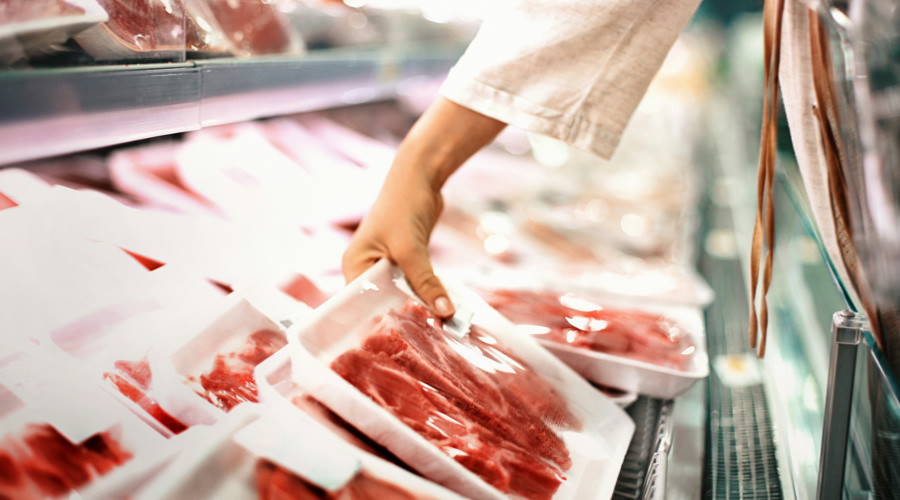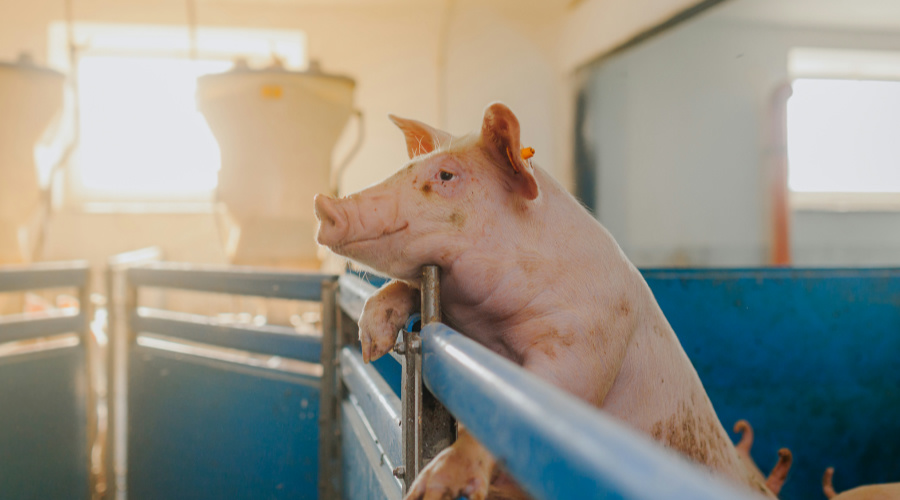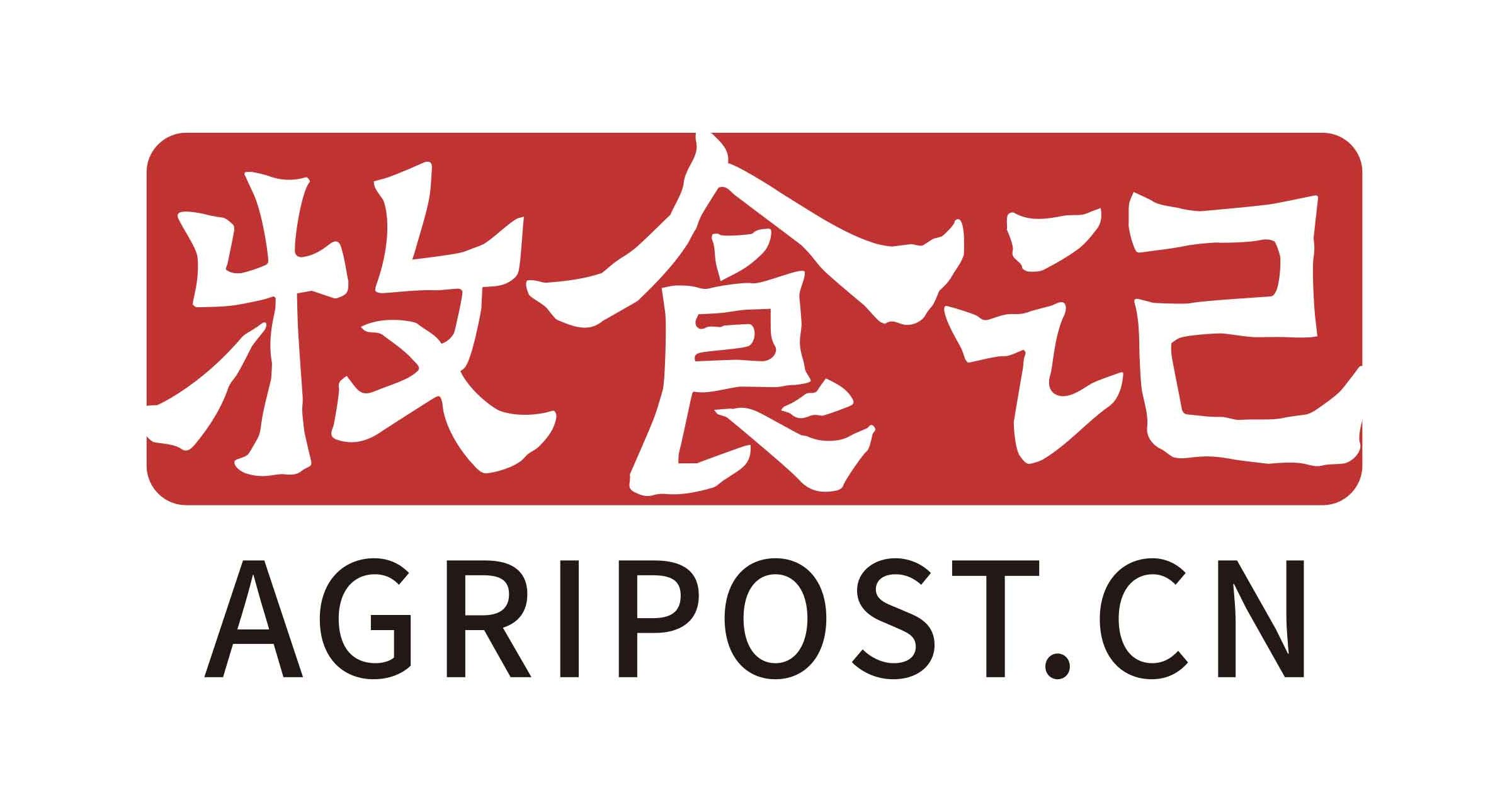Recently, China’s hog prices have recovered, driving up the share prices of leading companies such as Muyuan. The national average hog price recently exceeded CNY 21 per kg, driven by reduced production capacity and the lingering effects of the epidemic. Investor confidence is evident, with livestock breeding ETFs attracting substantial inflows. Major pig farming companies reported strong sales growth in July, and hog prices are expected to remain strong through the third and fourth quarters. However, it’s crucial to note potential limitations, including consumer resistance to high pork prices and the impact on macroeconomic indicators like the Consumer Price Index (CPI). Industry stakeholders are advised to remain vigilant and adapt strategies to navigate these market dynamics.
With the strong performance of China’s pig farming sector relative to the broader market in mid-August, investment enthusiasm has continued to rise. In particular, the share prices of Muyuan and several other listed companies have performed well, stimulating widespread market interest in the future trend of hog prices.
According to the latest data, the national average hog price has exceeded CNY 21 per kg (about USD 2.89 per kg), indicating the current tight supply and demand situation in the market. The main reasons for the month-on-month supply decline are the reduction in production capacity and the epidemic’s impact. At the same time, the reduction in farming costs and the market’s expectation of high hog prices have also pushed up prices to a certain extent.

From a broader market perspective, the flow of funds into pig farming ETFs shows investors are optimistic about this sector. In the past 60 days, the ETF has received nearly CNY 300 million (about USD 41 million) in net inflows, significantly increasing the pig farming sector’s market activity.
For the performance of specific farming companies, the July sales data of the three major listed pig farming companies, Muyuan, Wens, and New Hope, showed strong growth in sales. Muyuan’s sales revenue from hog sales increased significantly by 43.4% year-on-year, benefiting from the current market conditions. In addition, the low feed price also brought a good profit margin to farming companies, and hog prices are expected to remain strong in the third and fourth quarters this year.

As for future market expectations, AgriPost believes that hog prices may continue to be strong in the short term. However, it is worth noting that while the demand side shows some weakness, the tight supply side may continue supporting hog prices. As the demand for fattened pigs increases in the autumn and winter, hog prices are expected to rise further. However, the continued high level of hog prices may be limited by end consumers’ acceptance of high-priced pork, which may pressure the continuously rising hog prices.
Moreover, the surge in hog prices has also impacted macroeconomic indicators, notably the consumer price index (CPI). The analysis suggests that while the CPI rose in July, further increases in hog prices may constrain how much the CPI improves monthly. When facing the future market changes, farming companies and investors need to pay close attention to changes in supply and demand and policy direction, and adjust their market strategies appropriately.
AgriPost underscores the need for vigilance and swift strategy adjustments in this dynamic market environment. Stakeholders in the livestock industry need to remain alert and adapt their strategies promptly to effectively navigate potential market fluctuations.
AgriPost.CN – Your Second Brain in China’s Agri-food Industry, Empowering Global Collaborations in the Animal Protein Sector.




